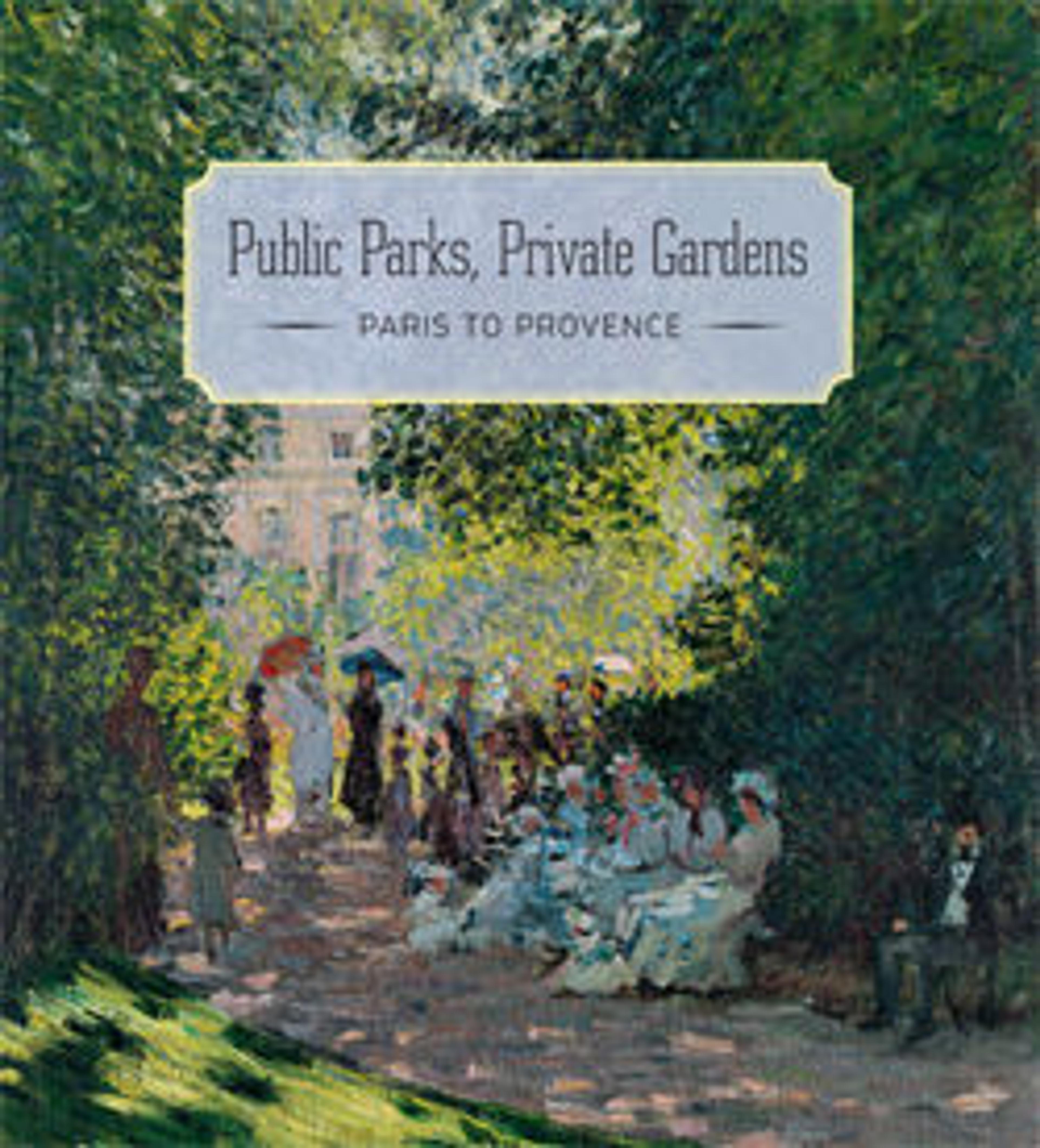The Empress Eugénie (Eugénie de Montijo, 1826–1920, Condesa de Teba)
Winterhalter began an official portrait of Empress Eugénie (Eugénie de Montijo, Condesa de Teba, 1826-1920) shortly after her marriage in 1853 to Napoleon III, emperor of France, but it was not exhibited until 1855. The present work is, in contrast, relatively intimate in scale and effect. It shows the empress in a Second Empire adaptation of an eighteenth-century gown. Her interest in the previous century, especially her fascination with Marie Antoinette, queen of France from 1774 to 1793, is well documented.
Artwork Details
- Title: The Empress Eugénie (Eugénie de Montijo, 1826–1920, Condesa de Teba)
- Artist: Franz Xaver Winterhalter (German, Menzenschwand 1805–1873 Frankfurt)
- Date: 1854
- Medium: Oil on canvas
- Dimensions: 36 1/2 x 29 in. (92.7 x 73.7 cm)
- Classification: Paintings
- Credit Line: Purchase, Mr. and Mrs. Claus von Bülow Gift, 1978
- Object Number: 1978.403
- Curatorial Department: European Paintings
More Artwork
Research Resources
The Met provides unparalleled resources for research and welcomes an international community of students and scholars. The Met's Open Access API is where creators and researchers can connect to the The Met collection. Open Access data and public domain images are available for unrestricted commercial and noncommercial use without permission or fee.
To request images under copyright and other restrictions, please use this Image Request form.
Feedback
We continue to research and examine historical and cultural context for objects in The Met collection. If you have comments or questions about this object record, please contact us using the form below. The Museum looks forward to receiving your comments.
